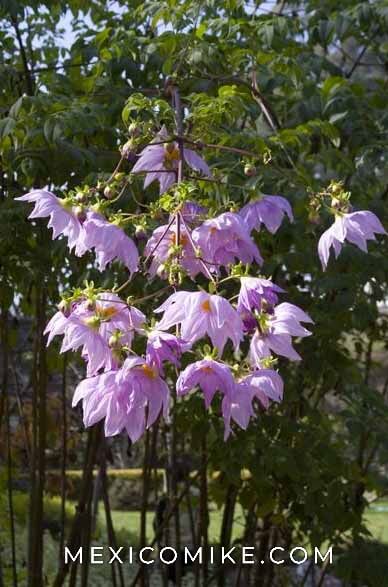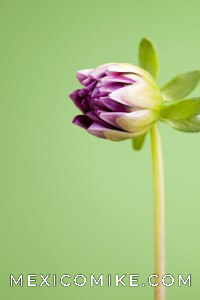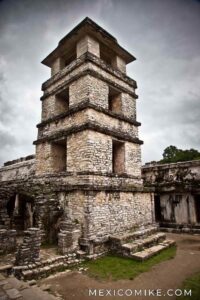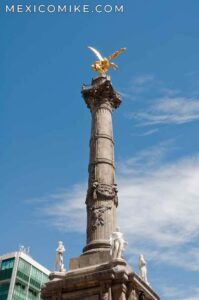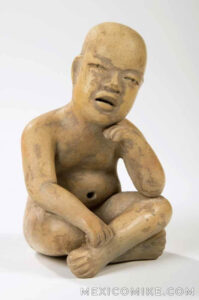When Hernan Cortez and the Spanish conquistadors entered the Aztec city Huaxtepec in 1519, they were the first Europeans to view the most impressive of Emperor Montezuma’s botanical gardens. Plants from all over the empire, gifted by noblemen to the emperor’s father and presented with great ceremony. They were propagated there for the pleasure of the Aztec upper classes. Undoubtedly, one of the most curious sights in the garden at Huaxtepec would have been a specimen of what we know as dahlia imperialis, the tree dahlia that the Aztecs called acocotli, which means water pipe in their language.
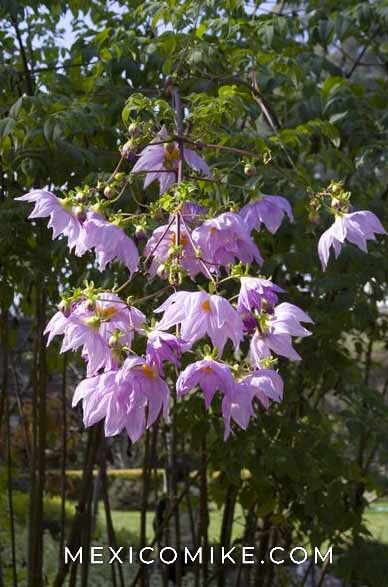


These flowers grew a spectacular thirty feet tall and had blossoms ten inches in diameter. The stems were hollow, at least three inches in diameter, and used for transporting water or even as a source of the water itself.
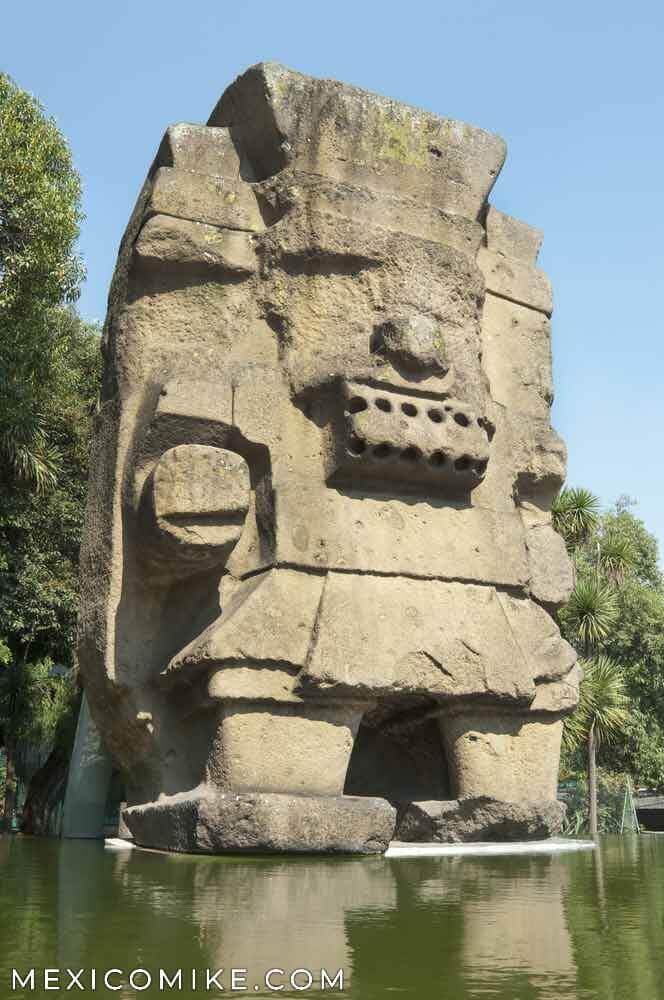
The Dahlia and the Aztecs
Dahlias grew and still grow like weeds in the mountainous regions of Mexico and Central America. The Aztecs used them for food and medicine. Dahlia motifs decorated the helmets of the Aztec warriors. The petals were used in ceremonies, including human sacrifice to their sun god.
Later Spanish explorers wrote books about the plants of the new world, illustrated with primitive line drawings. These drawings include representations of what we now call dahlias. In the late eighteenth century, dahlia seeds came by ship to the botanical gardens of Madrid and sent to plant growers in Europe.
Since then, the dahlia has become the most popular of garden flowers, with societies of enthusiasts numbering in the thousands worldwide. At least 36 species exist, along with tens of thousands of cultivated varieties.

Most dahlias grown by home gardeners start as tubers. In the northern gardening zones, they plant each spring and dig up in the fall. Growing dahlias from seed is also a possibility and may result in new and unusual hybrids. The seeds should start in the house six to eight weeks before planting outdoors. Either way, the dahlia prefers a light, sandy soil and a damp though not soggy environment. The plants will do better if fed a water-soluble fertilizer before it blooms.
Other Uses of the Aztec Dahlia
The Aztecs ate dahlias as food. The early European dahlia breeders were largely interested in this plant’s possibilities as an edible tuber. However, they did not catch on as a potato substitute or even as cattle feed in Europe. The dahlia remains of culinary interest to cooks who maintain a kitchen garden. Most varieties are bland, but the older, heirloom varieties can taste like spicy apples, carrots, or celery root. The crunchy tubers add a subtle flavor to salads and are ingredients in a “quick bread” that is similar to zucchini bread.
As for the name, it comes from Swedish botanist Anders Dahl, a student of the famous Carolus Linnaeus, the father of modern taxonomy.

